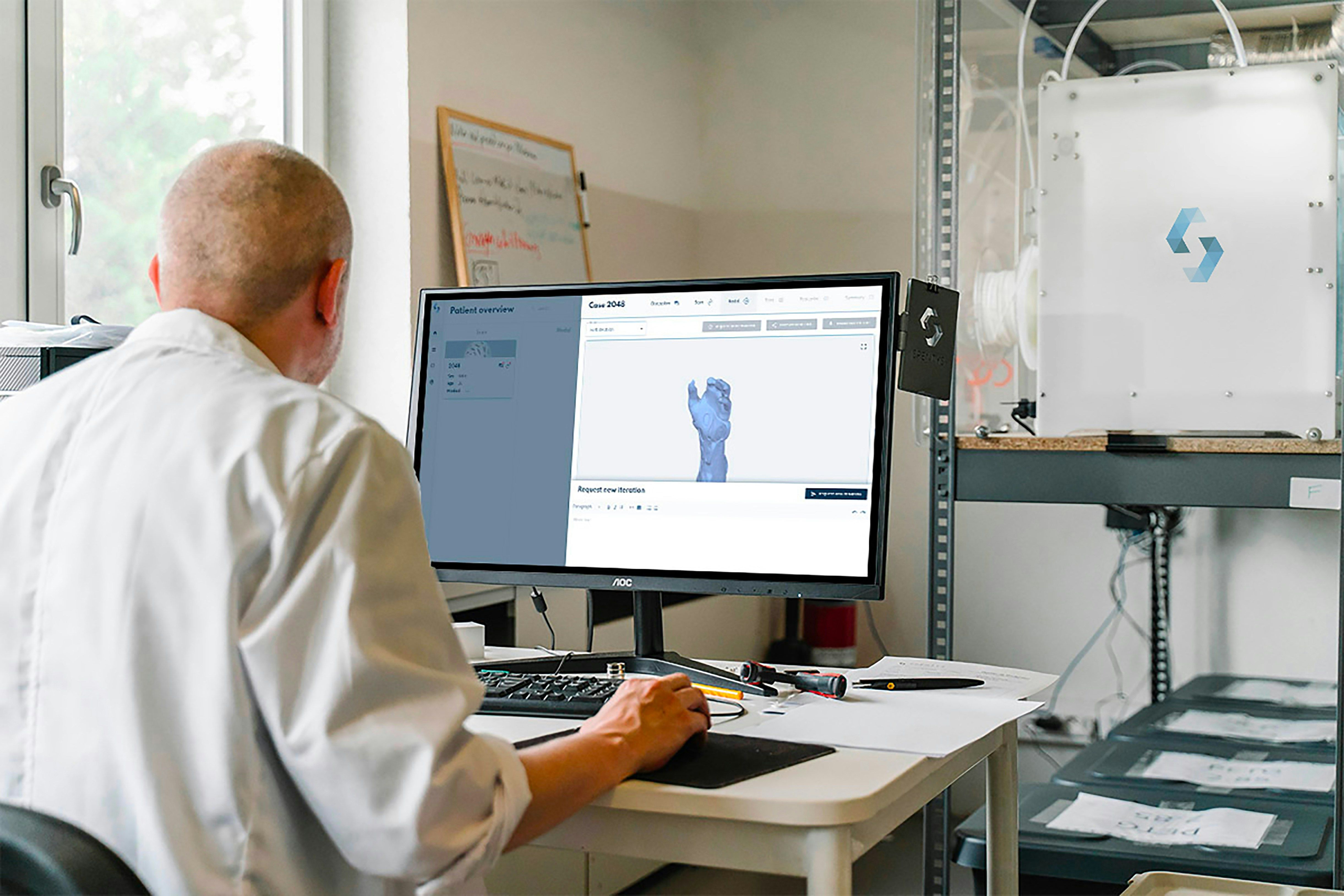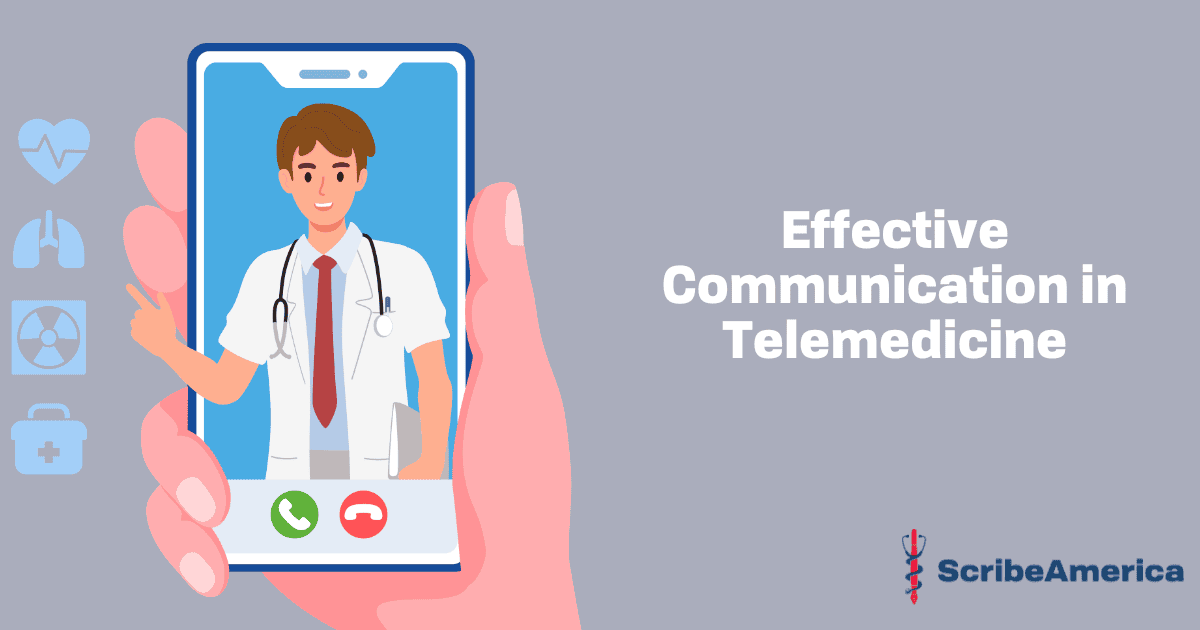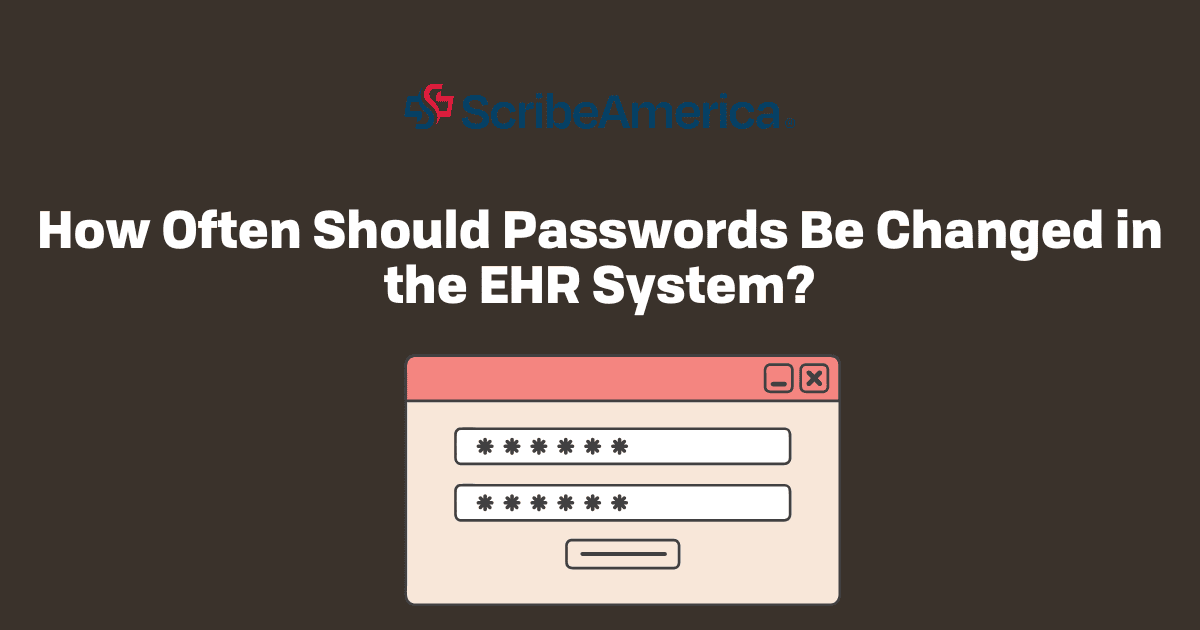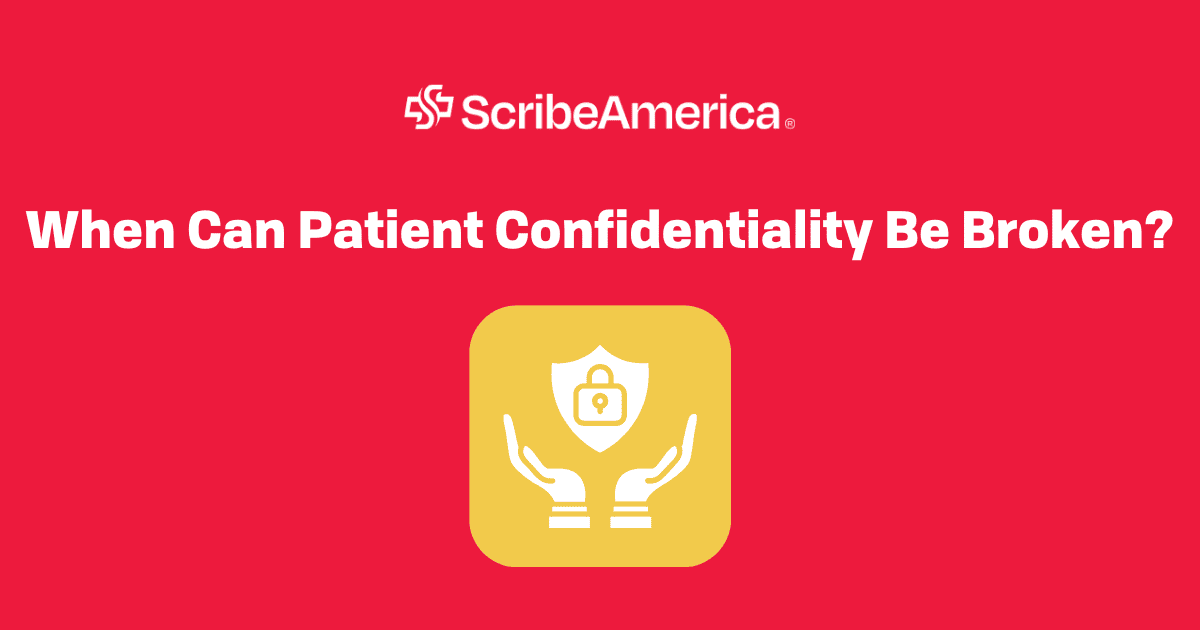The COVID-19 pandemic has shifted many areas of our lives and numerous industries, including healthcare. During this time, telehealth became more popular, and its popularity did not shrink after the pandemic ended. Thus, let’s look at it a bit more closely, with one particular thing in mind: effective telemedicine communication. What do you need to know? Find it out!
Obstacles to Effective Communication in Telemedicine
First, let’s look at the challenges in this area of healthcare. What obstacles hinder effective communication with patients in telemedicine? Here’s a list:
- Lack of visual communication—When providing care remotely, physicians cannot see their patients' reactions (e.g., body language and facial expressions). Thus, they might be unaware of the moments when patients did not understand them.
- Technological issues—Connection delays, disruptions, and low quality can also make telemedicine communication significantly less effective.
- Patients’ feelings—It’s also possible (and common) that patients feel as if they received a reduced service when they opted for remote care.
These obstacles are critical. Making your telehealth communication effective means finding and implementing the solutions to them, so you must always consider the challenges you will face.

How to Achieve Effective Communication in Telehealth?
Knowing what obstacles you’ll need to face, let’s take a look at the potential solutions: the best practices regarding communication in telemedicine. What are they?
- Avoid using medical terminology at all costs—Although knowledge and usage of medical terminology are among the primary skills of medical scribes and physicians, it’s not for patients. With a low-quality connection, they might mishear the medical terms and then believe they are dealing with a completely different condition.
- Speak slowly—This is one of the most important communication skills in telemedicine. If you speak slowly, the likelihood of your patients understanding you increases significantly, especially if the connection leaves much to be desired.
- Show your engagement—Even simple follow-up questions or just humming “mhm” can greatly change how patients perceive your engagement.
- Be prepared—Review the given patient’s medical record and learn all about their previous conditions. This will mitigate the feeling that telehealth is a reduced service.
The Role of Medical Scribes in Improving Telemedicine Communication
Telescribes (don’t mistake them for virtual scribes!) are an invaluable aid to physicians offering telehealth patient care. They are key to improving communication for one reason: they make it more swift for the provider.
Traditionally, a telemedicine physician would need to focus both on communication and noting the most important information, which would result in lower efficiency. However, a telescribe can take over the latter, giving the physician more time to focus on what truly matters: their patients. Thus, if you’re looking for ways to improve communication, we recommend hiring one. And if you’re a pre-med student, see careers at Scribe America—you’ll find tens of medical scribe job opportunities there.
The Takeaway
Achieving effective communication in telemedicine isn’t easy, but it’s not impossible. With the right attitude and skills, you will be able to close the gap caused by the lack of in-person interactions and provide services as good as those in traditional healthcare.
You might also read: Benefits of Being Bilingual in the Healthcare Industry




